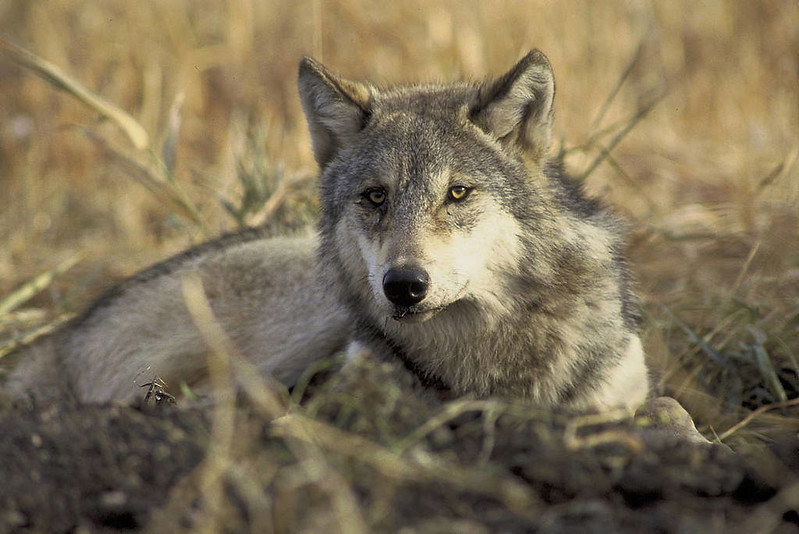BEND, Ore. (KTVZ) — Oregon’s wolf population is on the rise, reaching its highest numbers in years and fueling hope for species recovery among conservationists, but for farmers facing ongoing livestock losses, the surge is a source of mounting frustration over predation and the limits of compensation programs.
The state ended 2024 with a minimum count of 204 wolves, up 15% from 2023, and the number of packs rose to 25, with 17 successful breeding pairs documented. This growth signals a positive step for conservationists, but also raises difficult questions as wolf depredations on livestock continue and management responses remain controversial.
KTVZ News has done reports on other wolf depredations, like Wolf 158, which was eventually euthanized after over a dozen kills, prompting anger from the southern Oregon family farm affected.
Wolf Population Growth
After years of stagnation, Oregon’s wolves have rebounded, fueled by westward expansion and successful breeding in both eastern and western management zones. Seven breeding pairs were verified in the West Wolf Management Zone, up from three in 2023, meeting conservation criteria that could soon shift management strategies to the next phase. In eastern Oregon, despite overall population gains, the number of breeding pairs fell slightly—a metric conservationists emphasize as crucial for long-term species health.
Depredations and Mortalities
While the wolf population climbed, livestock losses remained a significant concern for farmers and ranchers. Confirmed wolf depredation events reached 69 statewide—down slightly from 73 in 2023. These attacks resulted in the deaths of five cows, 24 calves, and a record 62 sheep. Injuries were also confirmed on six cows, 16 calves, two sheep, and three working dogs, with sheep deaths doubling previous highs. Notably, cattle deaths dropped to their lowest total since 2020.
In response, the Oregon Department of Fish and Wildlife authorized targeted removals of 11 wolves in the East Management Zone due to chronic depredation. Ranchers lawfully shot another three wolves caught in the act of attacking livestock. The total of 14 wolves killed for livestock conflicts in 2024 nearly matches the 16 killed in 2023—a figure already double any previous year since record-keeping began. Seven additional wolf deaths are currently under investigation, some tied to suspected poaching or poisoning in eastern and western zones.
Views from Conservationists and Farmers
Wolf advocates hailed the population growth as a relief, but tempered optimism with sharp concerns about illegal and legal killings. “I’m relieved to finally see a noteworthy increase in Oregon’s overall wolf population but we’re not in the clear by any means,” said Amaroq Weiss, a senior wolf advocate at the Center for Biological Diversity. “Far too many wolves are being killed illegally and, while state officials are concerned about wolf poaching, they continue to authorize high levels of legal wolf killing over livestock conflicts.”
Farmers and ranchers, meanwhile, remain frustrated by repeated livestock losses, despite increased state investment in non-lethal deterrents and compensation. In 2024, Oregon’s Department of Agriculture awarded $790,000 in grants for preventative measures and confirmed losses, up sharply from $478,000 the previous year, with all requests for compensation fully granted. State wildlife officials maintain that proactive management of wolf-livestock conflicts is a top priority, and emphasize their efforts to balance wolf recovery with the economic realities faced by ranchers.
Looking Ahead
The rebound in Oregon’s wolf population offers encouragement to conservationists pushing for recovery, but the persistence of livestock depredations and ongoing mortalities poses ongoing challenges. Both wolf supporters and agricultural communities agree: while progress is real, the path forward requires vigilance, investment in conflict reduction, and deeper collaboration between wildlife authorities, conservationists, and local residents.

